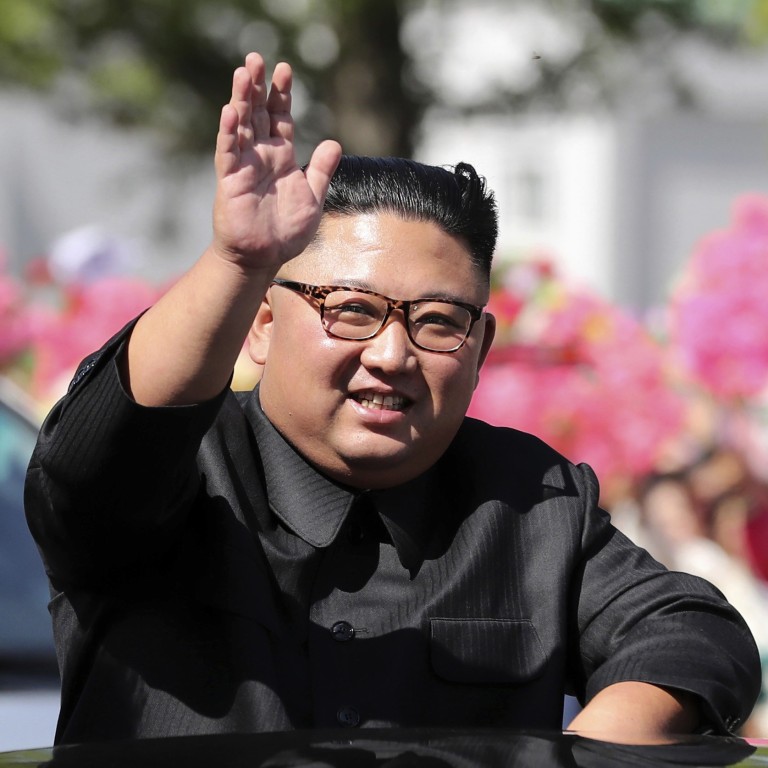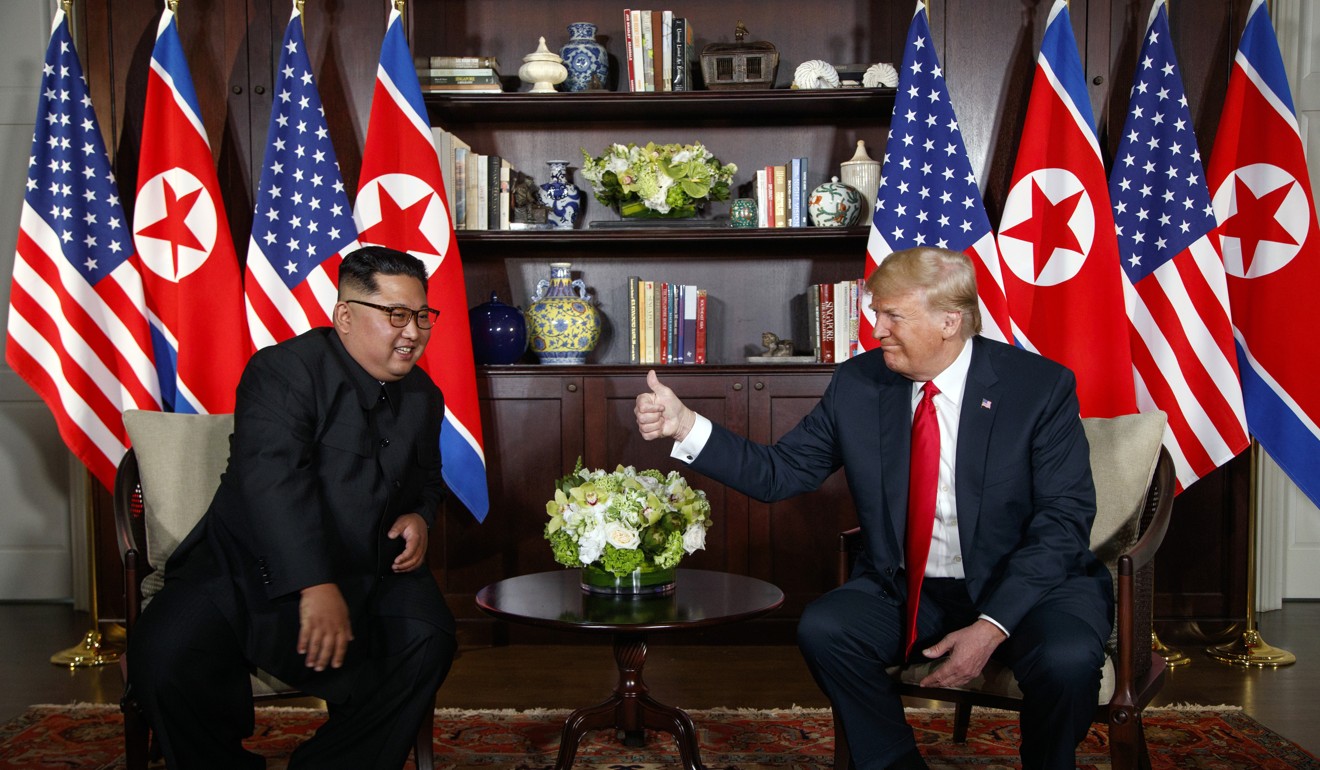
Kim Jong-un prepares to deliver his annual speech to North Koreans: what clues might he reveal this year?
- Since reviving his grandfather’s tradition of personally delivering a New Year’s message, Kim’s speeches have touted ‘proud achievements’ and ‘miraculous victories’
- Kim’s comments on Tuesday will be examined for signs of his willingness to compromise with Trump and gain greater access to foreign capital
This year, 2018, was a year of surprises by North Korean leader Kim Jong-un, from his decision to prioritise economic growth over weapons development to his handshake with US President Donald Trump.
But close observers would have seen clues to Kim’s policy shifts in his annual New Year’s Day address to the North Korean people. The events underscore the importance – and difficulty – in interpreting the speech, which often contains a few consequential changes buried in several thousands of words of propaganda-laden prose.
This New Year’s Day, Kim could signal whether the US and North Korea will continue with their rapprochement or drift back toward confrontation. To help parse his words, here’s a brief guide to what to watch.
Nuclear Weapons
Kim’s nuclear weapons claims often presage the coming year’s provocations, such as when he rang in 2017 by boasting that North Korea had “entered the final stage of preparation for the test launch of an intercontinental ballistic missile”. Seven months later, he successfully launched a rocket that could reach Alaska. By year end, he had put the entire US in range.
The rapid advancements fuelled months of escalating threats and counterthreats, including Kim’s January 1, 2018, warning that “the nuclear button is on my office desk all the time”. Trump shot back on Twitter: “I too have a Nuclear Button, but it is a much bigger & more powerful one than his, and my Button works!”
The New Year’s fireworks obscured a more important shift in Kim’s rhetoric – that he viewed the country’s nuclear-weapons project as complete. By April, he made that Korean Workers’ Party policy, ceasing nuclear tests and putting economic growth first.
The Economy
Since reviving his grandfather’s tradition of personally delivering a New Year’s message in 2013, Kim’s speeches have touted “proud achievements” and “miraculous victories” in economic development. The claims betray an underlying anxiety about North Korea’s status as one of the poorest countries in the world.
What Kim says on Tuesday will be examined for signs of his willingness to compromise with Trump and gain greater access to foreign capital. His focus on growth in his 2014 speech – with “economy” and “construction” being among the most used terms – affirmed his commitment to putting development on an equal footing with the nuclear project.
His 2016 address further advanced the byongjin – or parallel progress – approach, saying: “We should concentrate all our efforts on building an economic giant to bring about a fresh turn in developing the country’s economy and improving the people’s standard of living.” Less than a week later, North Korea claimed its first successful hydrogen bomb test.

Sanctions Relief
How Kim deals with the US-led international sanctions regime against North Korea could indicate his level of frustration with Trump – and the prospects for a second summit. Last year, Kim gave the topic unusual prominence in his speech, mentioning “sanctions” three times, including saying they threatened the nation’s survival.
While the remarks were consistent with long-standing North Korean rhetoric blaming US hostility for its problems, they were probably an expression of real economic pain. South Korea’s central bank later estimated that its northern neighbour’s gross domestic product contracted by 3.5 per cent the prior year.
In recent months, Kim has ramped up criticism of the US insistence that sanctions remain until he takes more concrete steps toward denuclearisation. In November, for instance, he blamed the “vicious” economic restrictions for curbing the country’s development.
South Korea
The clearest sign in Kim’s last speech that 2018 would be a year of diplomacy rather than conflict was his offer to send a delegation to discuss taking part in South Korea’s Winter Olympics. President Moon Jae-in seized upon the gesture, arranging a series of talks that culminated in North Korea – and Kim’s sister – attending the Games, the first such visit by a member of the ruling family.
Moon ended up playing a crucial fixer role in arranging Kim’s groundbreaking summit with Trump in June and stepping in to smooth ties between the two when talks broke down. Kim’s treatment of his southern rival in the upcoming speech could indicate his strategy in negotiations in the year head.
On one hand, North-South relations are closer then they’ve ever been, with the two sides breaking ground on a joint railway project on Wednesday. On the other, there have been signs of frustration, including Moon’s failure to secure Kim’s visit to Seoul this year as promised.

